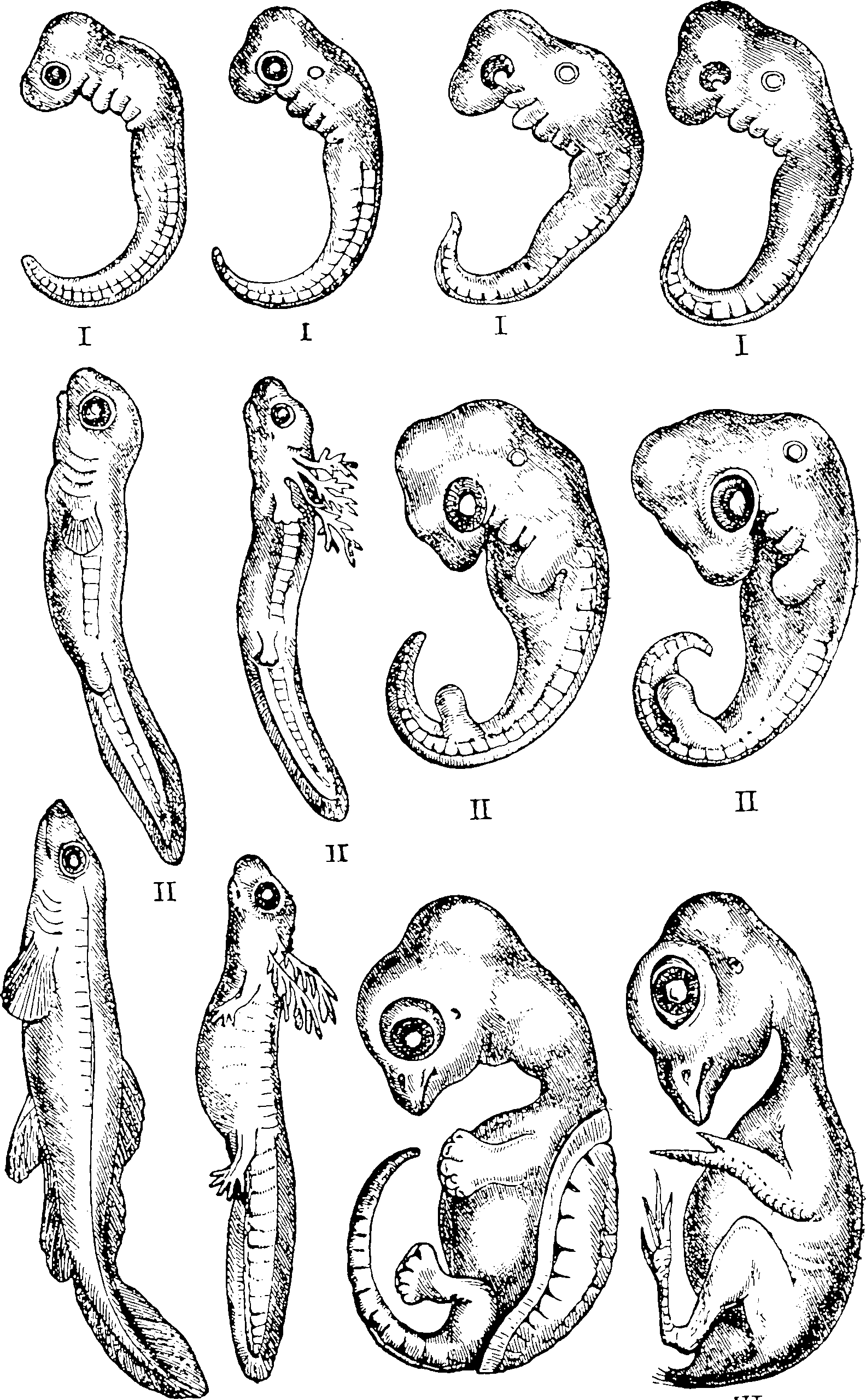Evolution
November 4, 2014 — February 6, 2022
Suspiciously similar content
Biological adaptation by mutation, natural selection, and random diffusion.
Analogies and disanalogies between tooth-and-claw natural selection and our statistical learning methods. Stochastic process models of gene and population dynamics.
See also geometry of fitness landscapes, cooperation.
I would like to better understand:
The replicator equation
The-no-free lunch theorem, and the co-evolutionary “exception” (Wolpert and Macready 2005) which does not arise in real evolution probably (?)
The opposite of evolution-as-optimisation: The neutral model
Quasispecies equations
Evolutionary game theory in general
- How about RNA games?
This “robustness and evolvability” business.
Jon Carlos Baez, Fisher’s fundamental theorem is an interesting dissection of SDEs and evolution.
1 Connection with mathematical optimisation
Nisheeth Vishnoi, Nature, Dynamical Systems and Optimization:
The language of dynamical systems is the preferred choice of scientists to model a wide variety of phenomena in nature. The reason is that, often, it is easy to locally observe or understand what happens to a system in one time-step. Could we then piece this local information together to make deductions about the global behaviour of these dynamical systems? The hope is to understand some of nature’s algorithms and, in this quest, unveil new algorithmic techniques. In this first of a series of posts, we give a gentle introduction to dynamical systems and explain what it means to view them from the point of view of optimization.
Nisheeth Vishnoi, Markov Chains Through the Lens of Dynamical Systems: The Case of Evolution:
In this post, we will see the main technical ideas in the analysis of the mixing time of evolutionary Markov chains introduced in a previous post. We start by introducing the notion of the expected motion of a stochastic process or a Markov chain. In the case of a finite population evolutionary Markov chain, the expected motion turns out to be a dynamical system which corresponds to the infinite population evolutionary dynamics with the same parameters. Surprisingly, we show that the limit sets of this dynamical system govern the mixing time of the Markov chain. In particular, if the underlying dynamical system has a unique stable fixed point (as in asexual evolution), then the mixing is fast and in the case of multiple stable fixed points (as in sexual evolution), the mixing is slow. Our viewpoint connects evolutionary Markov chains, nature’s algorithms, with stochastic descent methods, popular in machine learning and optimization, and the readers interested in the latter might benefit from our techniques.
2 Evolution of cooperation
3 Directed evolution
Not that great as an algorithm in silico, but amazing in actual chemistry and biology: What is directed evolution and why did it win the chemistry Nobel prize?
4 Extended Evolutionary Synthesis
The extended evolutionary synthesis (EES) is a new way to think about and understand evolutionary phenomena that differs from the conception that has dominated evolutionary thinking since the 1930s (i.e., the modern synthesis). The EES does not replace traditional thinking, but rather can be deployed alongside it to stimulate research in evolutionary biology.
The extended evolutionary synthesis emphasizes two key unifying concepts that feature in progressive readings of some sections of the evolutionary biology literature — constructive development and reciprocal causation
Perhaps this is where the memes went?
5 Chickens and group selection
🚧TODO🚧 clarify: find a deeper explanation than Chickens and Group Selection (Hester et al. 1996; Muir 1996).
6 Genetic programming
See genetic programming.
7 To read
- Scott Page’s friendliest explanation of the replicator equation that I’ve seen.

